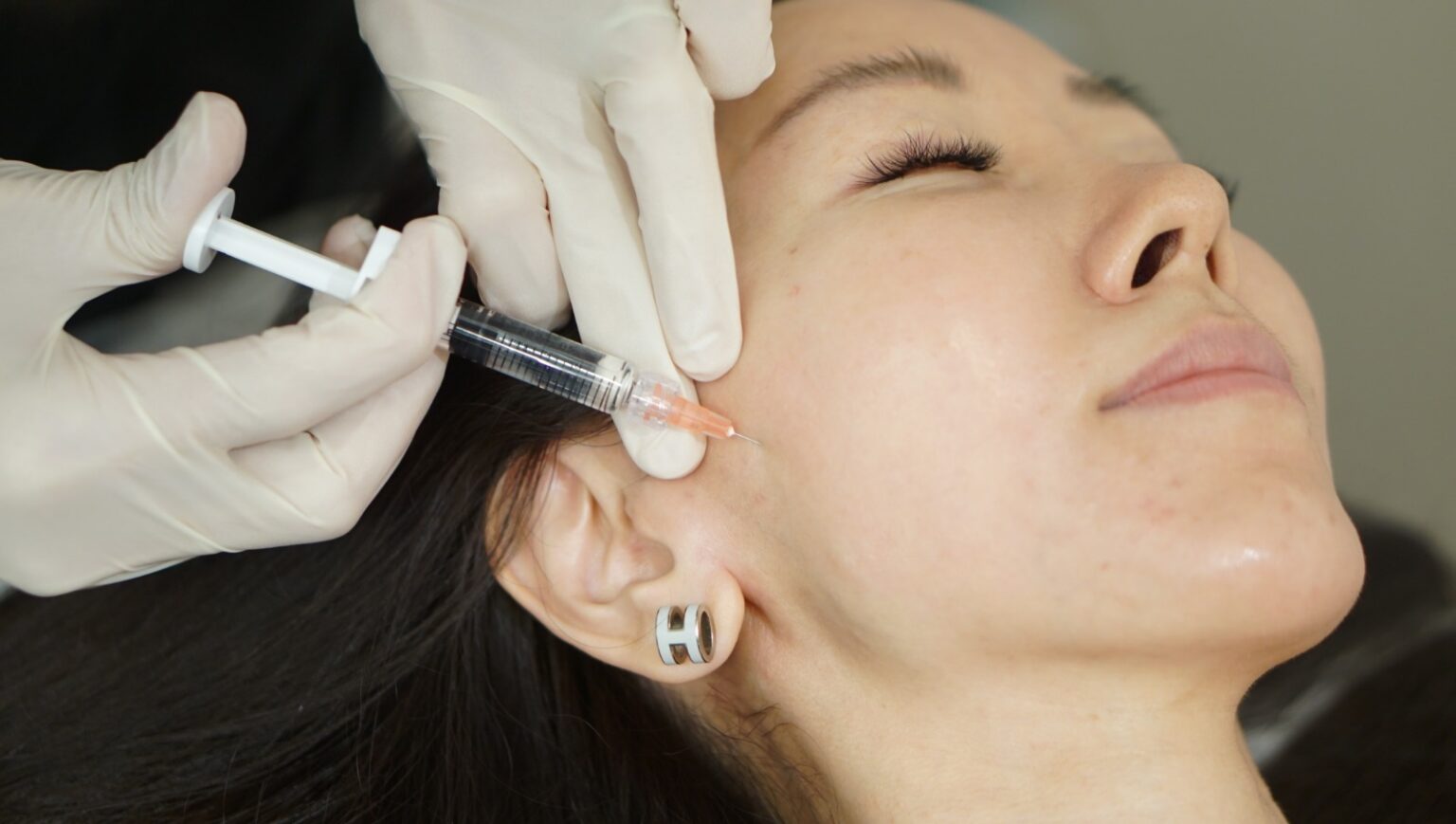A pipettor is a laboratory device that is used to carry and dispense fluids into a container. They are also sometimes referred to as pipette controllers because of their ability to accurately dispense liquids.
A pipettor is widely used in clinics, laboratories, hospitals and even industrial plants. Pipettors are also ideal when handling small amounts of liquids since they allow precise moving from one container to another.
Below is your quick and easy guide to using a pipettor:
- Attach a tip to the pipettor before pressing the button to the first stop. This will allow you to position the pipettor so it can draw liquid without the risk of spillage.
- Dip the tip of the pipettor at least 2-3 mm under the solution level before releasing the button slowly. Going below 2-3 mm might displace the liquid and reduce the amount of fluid to be drawn.
- Take the tip off the liquid slowly. Going fast might cause contamination and spillage.
- During liquid transfer, the tips should touch the wall of the vessel. This prevents the liquid from spurting out in the event of mishandling or accident.
- Hold the button in the second position and remove the tip that’s touching the vessel’s wall and release the button to release the liquid. Make sure all the liquid has been released into the vessel before doing another transfer.



